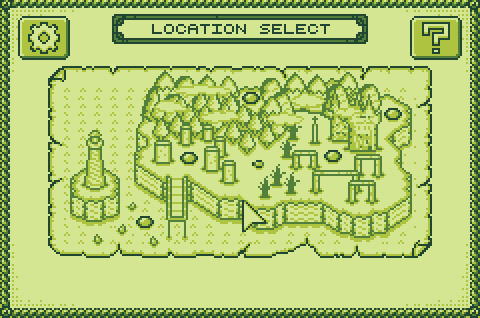^ the level of detail on the model is undeniably impressive, but I am left wondering if it's practical to maintain this type of detail on a small scale indie project?
can it be animated in a way that suits the detail level, and what about the other characters and the environment?
I'd be curious to see any other material from the game if you have any.
Thanks for the feedback, we already have a running prototype so the scope is very clear and I do have some professional experience so I think it is doable, yes.
Ive setup my shaders in a way that allows to use them on all characters with just a switch of some texture-masks, I should be able to finish three more characters this week, I will post them here when the team decides to release them

To speed up the process even further I retarget the base mesh to the sculpts of my characters which almost entirely removes the time usually spend on retopologizing.
Were using motion capture for the animation, full body and face. In our tests this gave us really nice results going well with the amount of detail in the model and the time spend on cleanup is far less than what we would need to achieve animations of that quality in any other way.
I would like to add wrinklemaps etc. but we dont have time for that (at least not atm), the animation holds up rather well without them anyway. All of this is in theory and judging from our tests of course, well see how it actually plays out in the end.
For the environments we are using some scanned data and are going for a highly modular approach so I think we are fine on that front. This is also where I have the most experience.
The areas I was the most worried about, Gameplay and Blueprints, are actually almost done so Im feeling pretty good about the whole project at the moment.
Coming from a AAA Production I have to say that the thing saving the most time is having full control over the Art (and even Gameplay) myself. Its always great to have Art-Directors giving feedback and it greatly improves the overall look especially when ur working with a lot of artists and designers but doing constant revisions and trashing + redoing a lot of work obviously eats up a lot of time.
Time I could invest in creating even more art. We will se how much the art direction suffers from it once things start coming together.
If ur interessted in seeing early stuff and wips u can check our
unreal thread.







